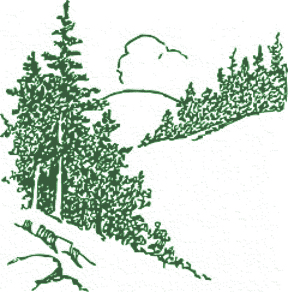 “Our population and our use of the finite resources of planet Earth are growing exponentially, along with our technical ability to change the environment for good or ill.”
“Our population and our use of the finite resources of planet Earth are growing exponentially, along with our technical ability to change the environment for good or ill.”
~ Stephen Hawking
Weather is the one trusted topic that can be included in polite conversation. So we have been taught. But these days I’m not too sure. Try throwing the two words, “global warming” into a friendly chit-chat; don’t be too shocked if you find yourself in the middle of a heated discussion … or worse.
To differentiate and clarify, climate is just a bigger picture of day-to-day weather or an average over a long period of time. “Global warming,” perhaps a gentler term, is used interchangeably with “climate change.” As is often the case, when a subject becomes politicized and hits the media, it turns into one “hot mess.”
It all began on June 23, 1988 when James Hansen, a climate scientist at NASA, appeared before a U.S. Senate hearing with a warning for the world. Essentially, he said three things: that Earth was the warmest it had been since recording began; that the increase in temperature was due to the greenhouse effect; and that the effect of this global warming was extreme weather events were more likely. What’s really going on and who’s to blame? Man or nature?
We know periods of warming and cooling – glacial and interglacial periods – have happened in the past, long before humans arrived. Natural “climate drivers” include sun variations, volcanic eruptions, blowing dust and ocean salt spray. Variations in snow and ice cover can change how much the Earth’s surface reflects the sun’s energy back into space. Natural ecological phenomena include methane-emitting termite mounds and CO2 uptake by plants. One area of interest occurred 66 million years ago. An asteroid seven miles wide slammed into Earth; 75% of life perished, including the dinosaurs, as temperatures plummeted.
Yes, nature has shaped the Earth’s climate but most climatologists now include a human influence. Why? First off, warming is occurring 10 times faster than when Earth emerged from ice ages. Also, scientists can distinguish between CO2 molecules emitted naturally by plants and animals and those that result from the burning of fossil fuels. No matter the cause, we need a healthy planet.
Back to the weather … A minor warming trend is expected into next week. The more exciting weather story comes as a couple of tropical storm systems move from Mexico out over the Pacific. As monsoonal conditions develop they bring humidity and thunderstorms to Southern California’s desert and mountain regions. Depending on timing, the fun begins Sunday or Monday; most likely it’ll be Tuesday and Wednesday. As thunderheads over the San Gabriels and moisture off the ocean come together, rains may fall across the foothills.

resident and Official Skywarn Spotter for the
National Weather Service Reach her at suelkilpatrick@gmail.com.
